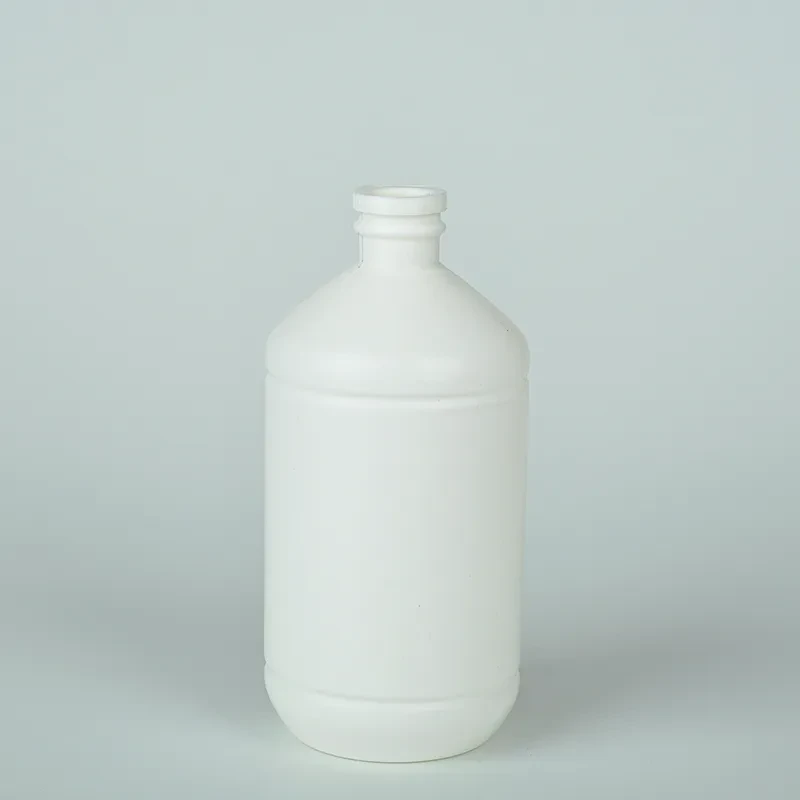https://www.wahmg.com/)">
Compact Plastic Medicine Containers for Convenient Storage and Travel Use
Compact Plastic Medicine Containers for Convenient Storage and Travel Use
The Versatility and Importance of Small Plastic Medicine Bottles
In today's world, small plastic medicine bottles have become an integral part of the pharmaceutical industry and our daily healthcare routines. These containers, often overlooked, play a crucial role in the safe storage and distribution of medications, ensuring that we receive our medicines in a manner that maintains their efficacy and safety.
Design and Functionality
Small plastic medicine bottles are typically designed with several key features in mind. First and foremost, they are crafted to be lightweight yet durable, allowing for easy transportation while also protecting their contents from external elements such as moisture, light, and air. Materials such as polyethylene and polypropylene are commonly used due to their chemical resistance and ability to prevent contamination.
Moreover, many of these bottles are equipped with child-proof lids to prevent accidental ingestion by children, highlighting their role in promoting safety in households. User-friendly designs, such as wide mouths for easy filling and dispensing, have also been developed to ensure that patients can manage their medications without difficulty.
Role in Medicine Dispensation
The importance of small plastic medicine bottles is evident in both retail pharmacies and healthcare facilities. When patients receive their medications, these bottles often contain clear labels with essential information including dosage instructions, expiration dates, and potential side effects. This labeling is crucial in preventing medication errors, which can have serious health consequences.
Pharmacists play a vital role in this process, as they are responsible for dispensing medications into these bottles and ensuring that the right information accompanies each product. The use of small plastic bottles not only enhances the accuracy of medication distribution but also fosters pharmaceutical adherence. When patients are better informed about their medications, they are more likely to follow prescribed regimens.
small plastic medicine bottles

Customization and Branding
The flexibility of small plastic medicine bottles allows for a variety of designs tailored to specific medications or brands. Many pharmaceutical companies invest in customized bottles to distinguish their products in a competitive market. This branding is not just about aesthetics; it also plays a significant role in conveying trust and quality to consumers. For example, a bottle designed with a unique shape or a bright color can easily catch attention, making it memorable to patients.
Additionally, printed labels can include barcodes for inventory management and tracking, an essential feature in modern healthcare to prevent stock shortages or expired medications from being sold to consumers.
Sustainability Challenges
Despite their numerous benefits, small plastic medicine bottles also pose environmental challenges. The widespread use of plastic has led to concerns regarding pollution and waste management. Many healthcare providers and manufacturers are now exploring sustainable alternatives, such as biodegradable materials or recycling programs to encourage proper disposal. Some pharmacies have started offering take-back programs for unused medications and their containers, aiming to reduce their environmental impact.
Conclusion
In conclusion, small plastic medicine bottles serve a vital purpose in the healthcare ecosystem. Their design promotes safety and usability, while their role in medication dispensation enhances pharmaceutical care. However, as we move towards a more sustainable future, it is essential for the industry to address the environmental concerns associated with plastic usage. By embracing innovative solutions, we can ensure that these small but significant containers continue to serve their essential role in healthcare while also protecting our planet.
-
Wholesale Plastic Juice Bottles with Caps 16 oz Options Available Bulk Packaging SolutionsNewsJun.10,2025
-
Laboratory Apparatus Reagent Bottle – Durable & Chemical Resistant Bottles for Safe StorageNewsJun.10,2025
-
Squeezable Dropper Bottles Durable, Leak-Proof & CustomizableNewsMay.30,2025
-
Affordable Plastic Petri Plates Sterile & Disposable Lab-GradeNewsMay.30,2025
-
Eye Dropper Caps Precision 24/410 & Plastic Bottle-Compatible TipsNewsMay.30,2025
-
Affordable Mini Spray Bottle Price & Wholesale Deals Shop NowNewsMay.29,2025





















